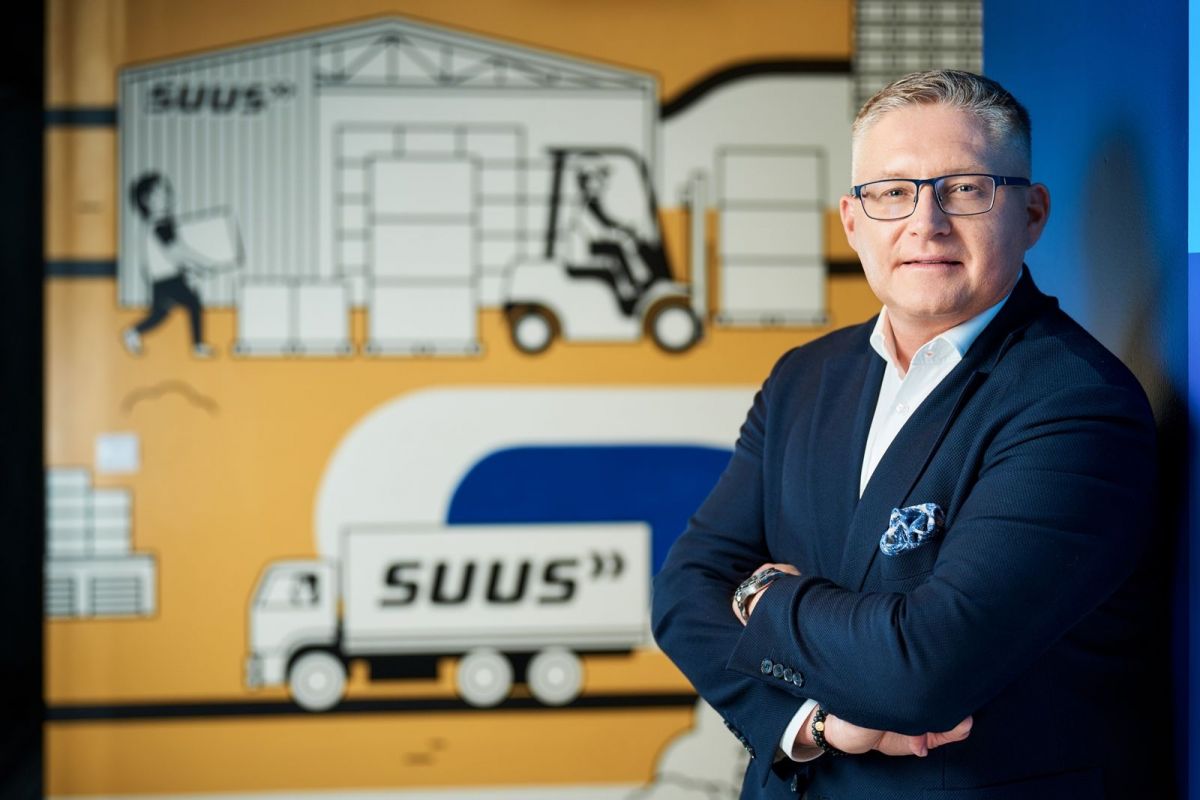Now, Jerzy Dąbrowski, the CEO of Finea, has proclaimed on the Eurobuild website that the industry is facing a slew of bankruptcies and that massive investment is required. This could have a knock-on effect on the warehouse sector, since from the time of the pandemic logistics has accounted for a large section of the demand for industrial space and – as Segro argues elsewhere in these pages – nearshoring has yet to solidify into a trend to make up the shortfall. So how bad is the situation today in the transport and logistics industry?
Blame it on the Germans
In his foreword to the Road Transport 2023 report published by Transport and Logistics Poland, Maciej Wroński, the president of employers’ association Transport and Logistics Poland, writes somewhat bombastically that: “Road transport is the flagship of the Polish economy in the European Union. No other Polish industry has achieved such a spectacular success after our country’s accession to the































































